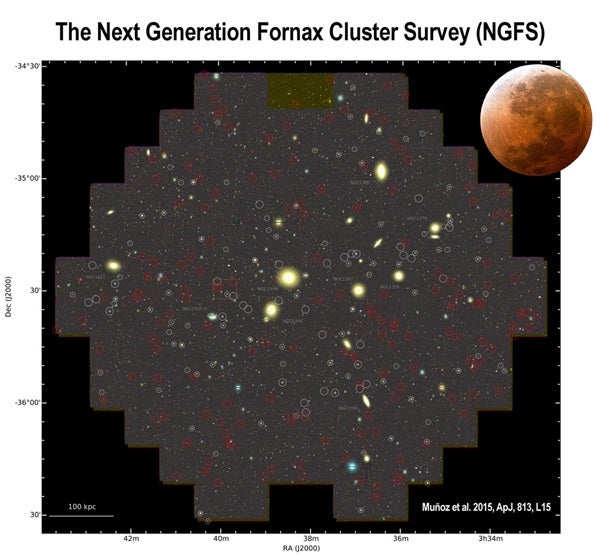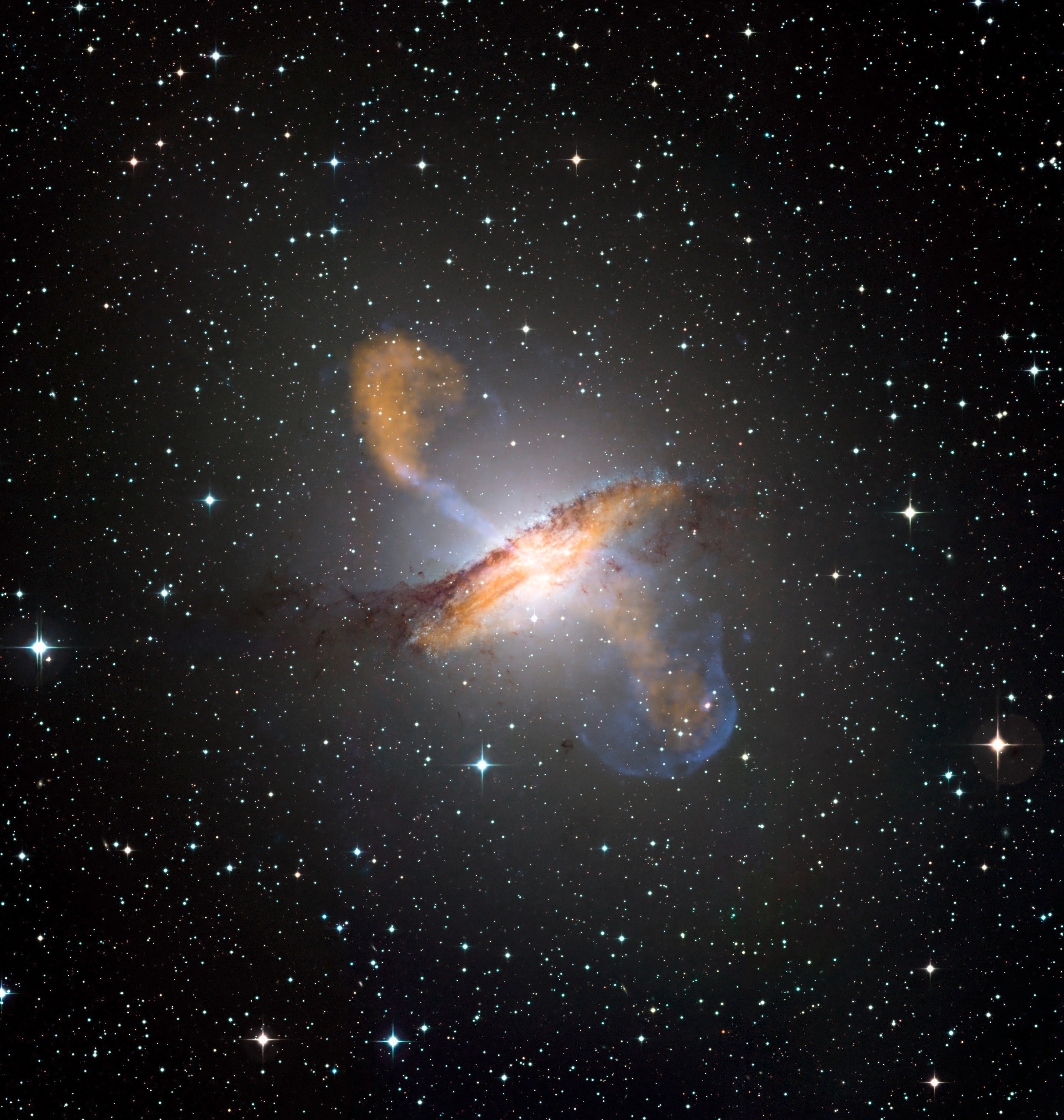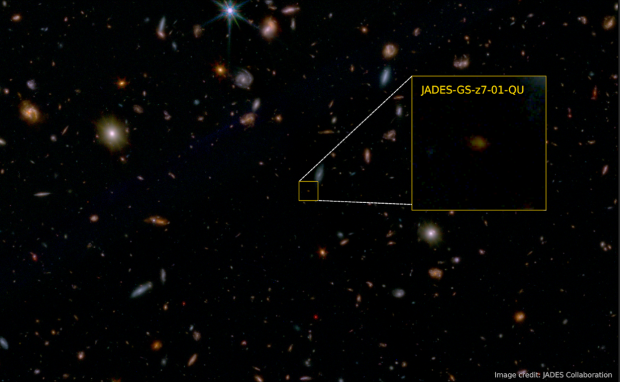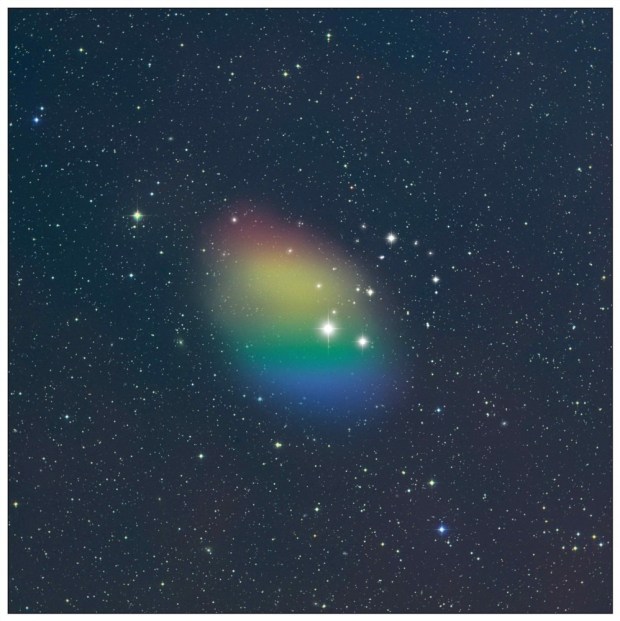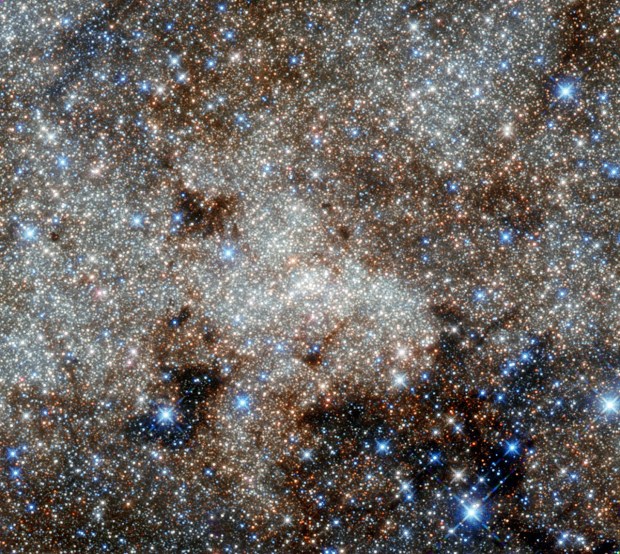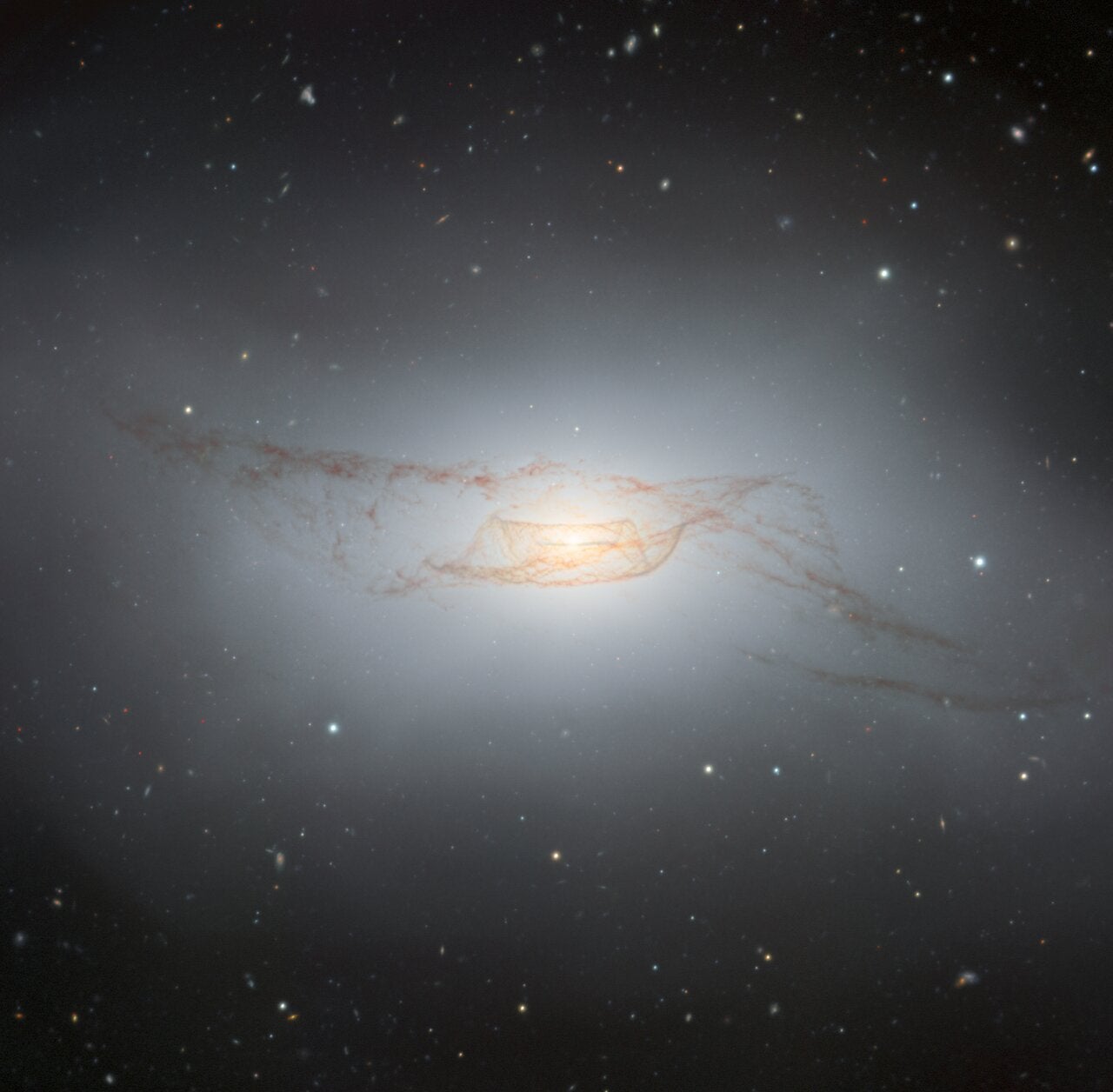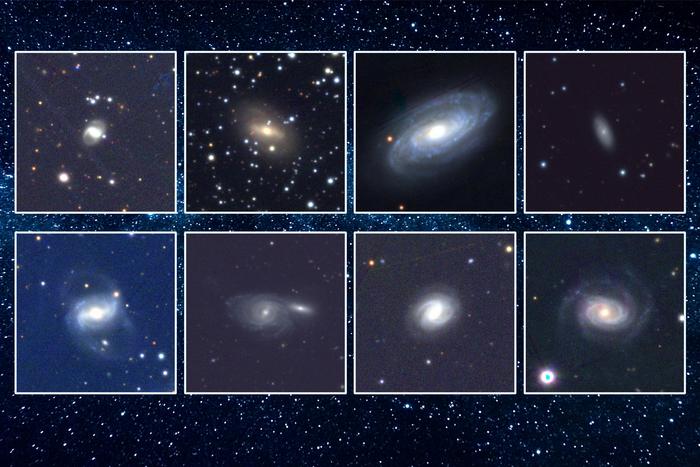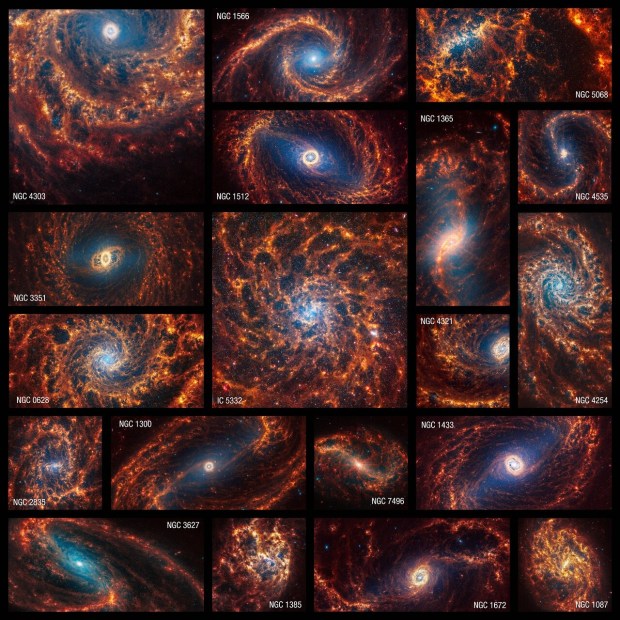Computer simulations of the evolution of the matter distribution in the universe predict that dwarf galaxies should vastly outnumber galaxies like the Milky Way, with hundreds of low mass dwarf galaxies predicted for every Milky Way-like galaxy. The apparent shortage of dwarf galaxies relative to these predictions, “the missing satellites problem,” could imply that the cosmological simulations are wrong or that the predicted dwarf galaxies have simply not yet been discovered. The discovery of numerous faint dwarf galaxies in Fornax suggests that the “missing satellites” are now being found.
The discovery comes as one of the first results from the Next Generation Fornax Survey (NGFS), a study of the central 30-square-degree region of the Fornax galaxy cluster using optical imaging with DECam and near-infrared imaging with the European Southern Observatory’s (ESO) VISTA/VIRCam. The Fornax cluster, located at a distance of 62 million light-years, is the second richest galaxy cluster within 100 million light-years after the much richer Virgo cluster.
The deep high-quality images of the Fornax cluster core obtained with DECam were critical to the recovery of the missing dwarf galaxies. “With the combination of DECam’s huge field of view (3 square degrees) and our novel observing strategy and data reduction algorithms, we were able to detect extremely diffuse low-surface brightness galaxies,” said Muñoz.
Because the low surface brightness dwarf galaxies are extremely diffuse, stargazers residing in one of these galaxies would see a night sky very different from that seen from Earth. The stellar density of the faint dwarf galaxies (one star per million cubic parsecs) is about a million times lower than that in the neighborhood of the Sun or almost a billion times lower than in the bulge of the Milky Way.
As a result, “inhabitants of worlds in one of our NGFS ultra-faint dwarfs would find their sky sparsely populated with visible objects and extremely boring. They would perhaps not even realize that they live in a galaxy!” said Puzia.
The large number of dwarf galaxies discovered in the Fornax cluster echoes the emerging census of satellites of our own galaxy, the Milky Way. More than 20 dwarf galaxy companions have been discovered in the past year, many of which were also discovered with DECam.

